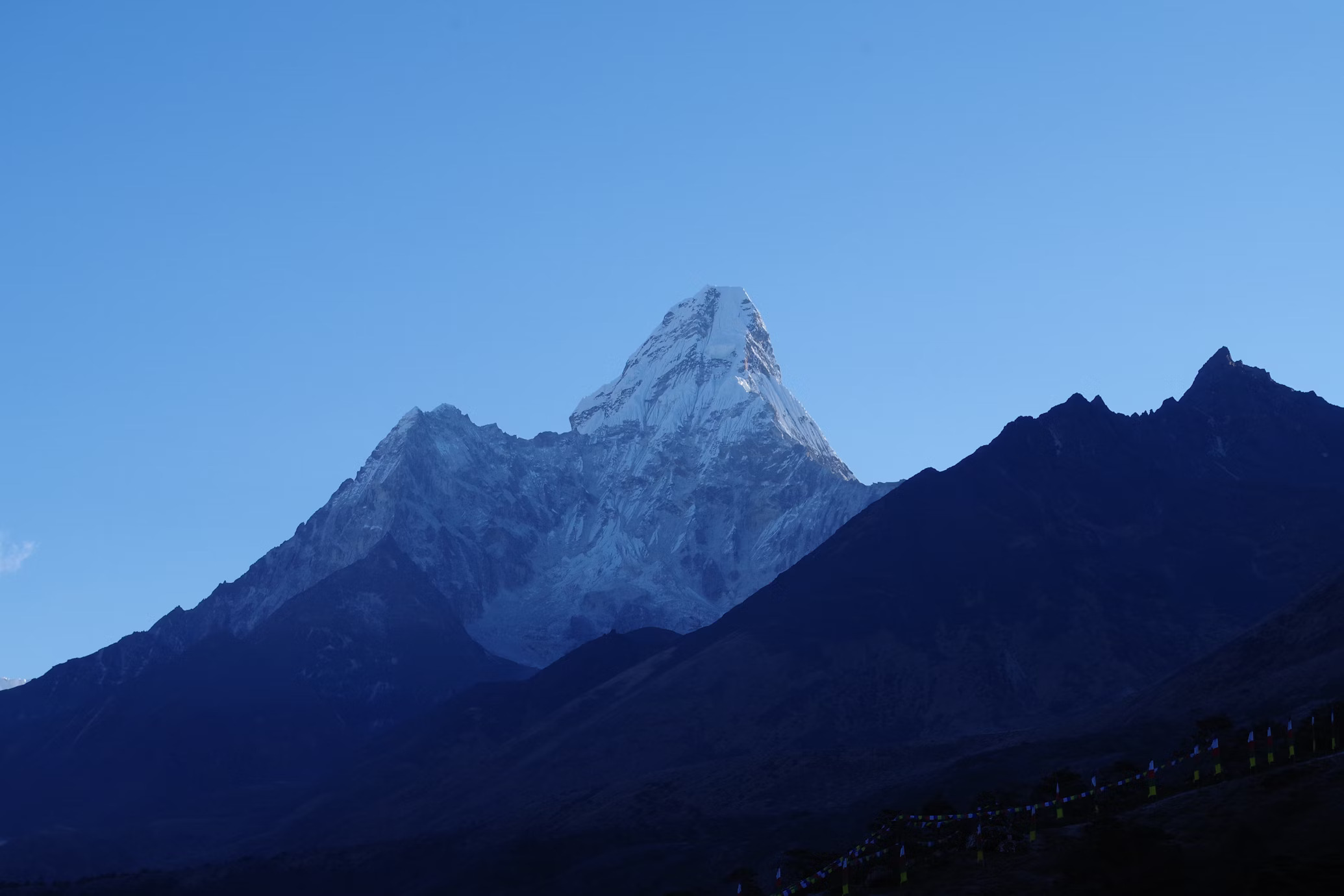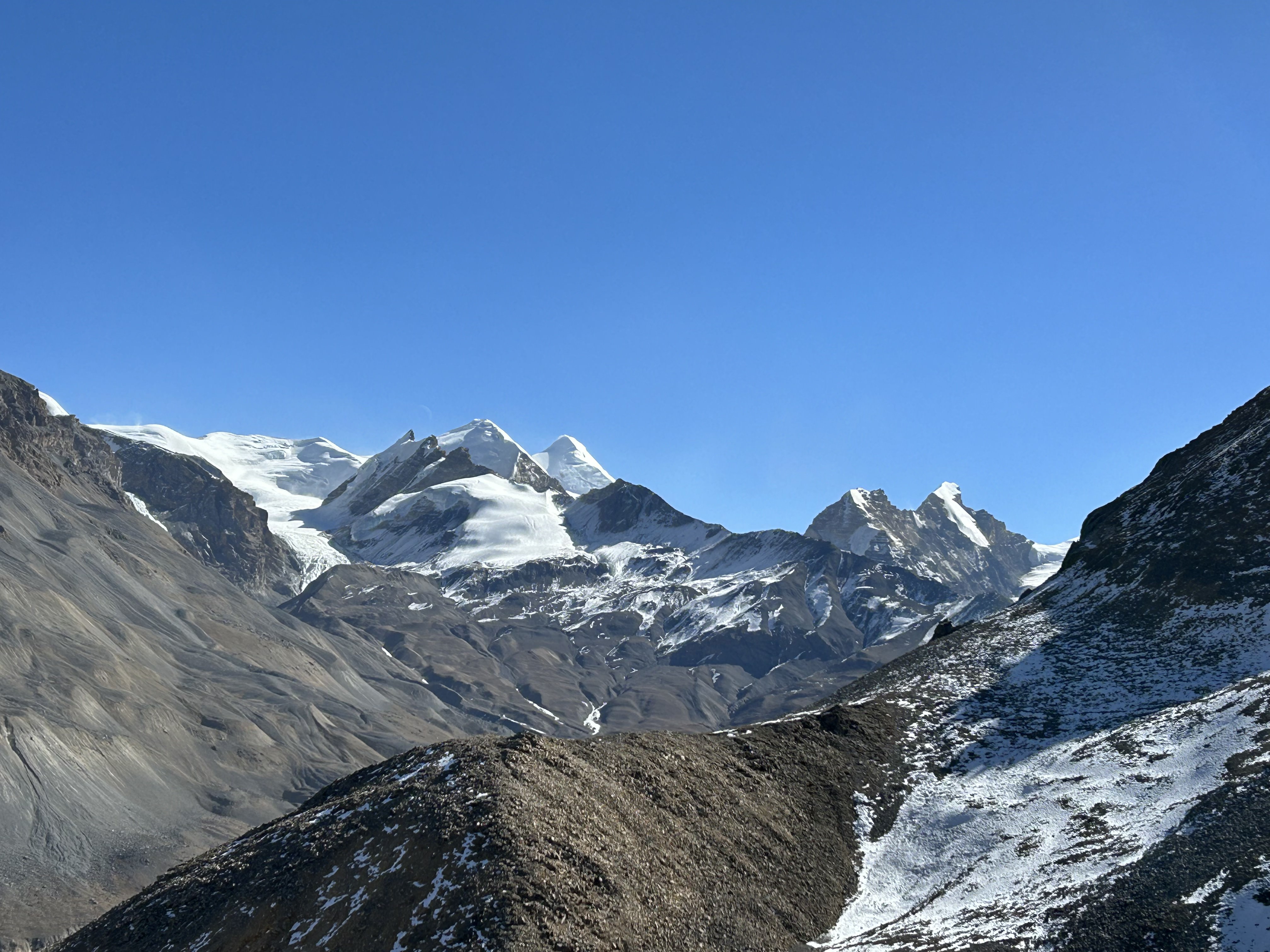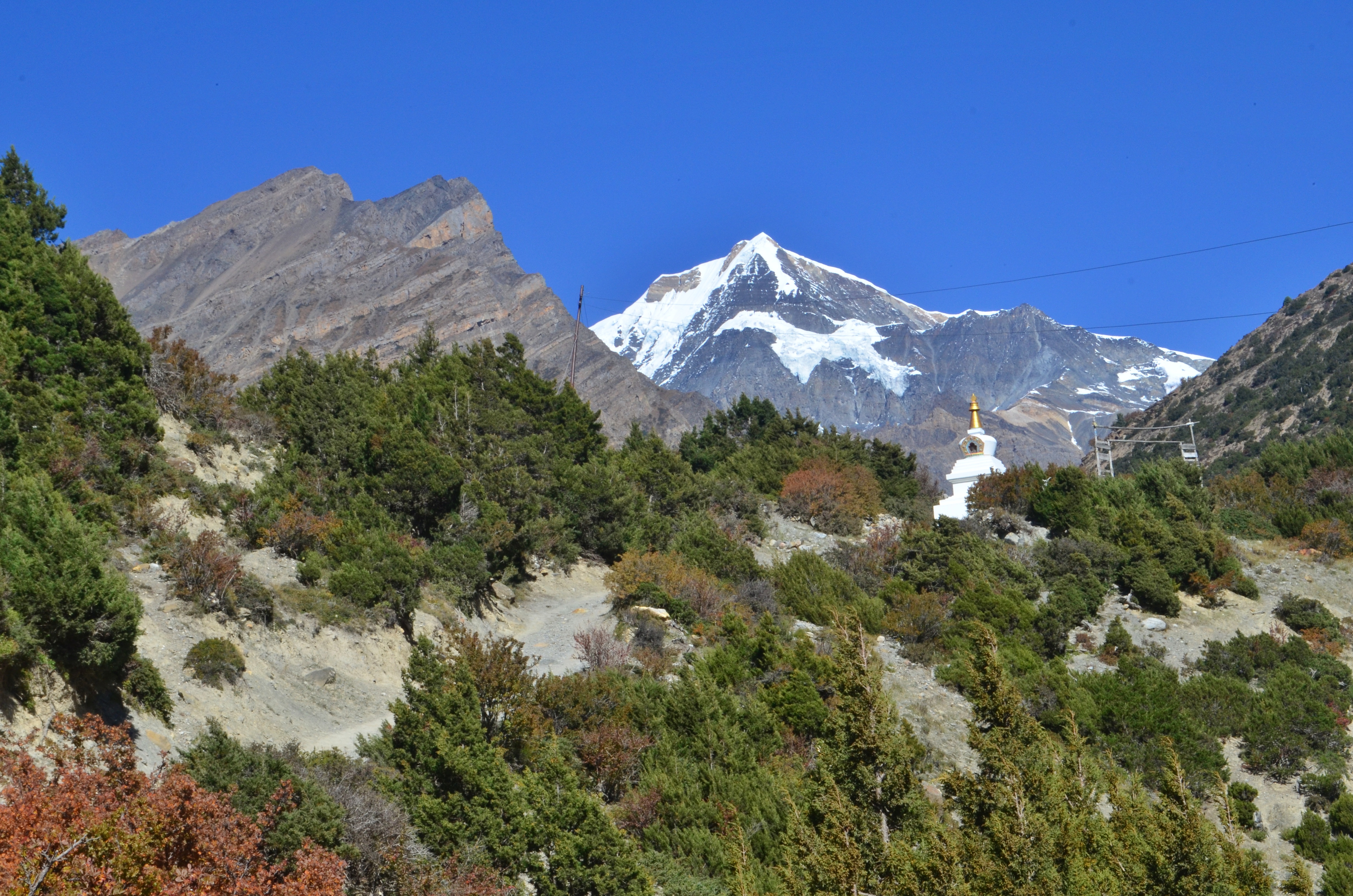Alpine Style Climbing on Chulu Far East: A Unique Himalayan Experience
Chulu Far East (6,059m), situated in the Annapurna region of western Nepal, offers an exceptional experience for mountaineers seeking an introduction to alpine-style climbing. Known for its panoramic views of the Annapurna and Dhaulagiri ranges, this peak is ideal for climbers aiming to practice environmentally conscious ascents while embracing the challenges of high-altitude mountaineering.
It is more than just a climb; it’s a journey that combines physical endurance, technical skill, and a commitment to sustainable mountaineering. For those seeking an authentic Himalayan adventure while protecting the mountain environment, tackling this peak in alpine style is a rewarding and unforgettable experience.
What is Alpine Style Climbing?
Alpine-style climbing is a minimalist approach to mountaineering, where climbers rely on lightweight gear and carry all necessary supplies as they ascend. This method avoids the establishment of fixed camps or the use of excessive equipment, emphasizing self-sufficiency, speed, and adaptability.
Why Choose Alpine Style for Chulu Far East?
• Preservation of the Environment: By minimizing fixed ropes, waste, and the need for large expeditions, alpine style climbing significantly reduces the environmental footprint. This approach aligns perfectly with the growing need to protect Nepal’s fragile mountain ecosystems.
• Skill Development: Chulu Far East’s non-technical yet challenging terrain offers an excellent opportunity to hone essential alpine climbing skills, including navigation, route-finding, and acclimatization techniques.
• Adventure and Simplicity: The focus on lightweight, fast, and efficient ascents enhances the sense of adventure and provides a purer mountaineering experience.
The Climbing Route
Most climbers approach Chulu Far East from the village of Ngawal, traversing the breathtaking Marsyangdi Valley before ascending to the Chulu Base Camp (4,700m). From there, the climb involves a straightforward yet physically demanding ascent over rocky terrain, with a summit push offering breathtaking views of the surrounding Himalayan giants.
Best Time to Climb
The ideal climbing seasons are spring (April-May) and autumn (September-November), when the weather is stable, and the skies are clear, ensuring optimal conditions for alpine ascents.



